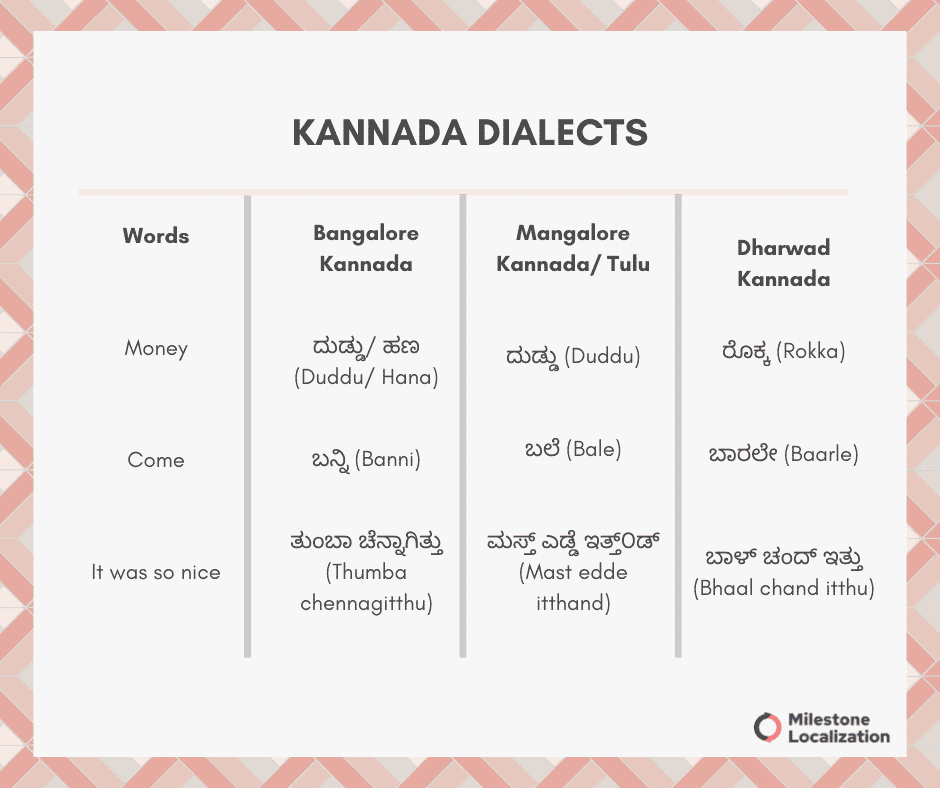Do you ever wonder how stories shape our understanding of the world and how different cultures express these narratives? Narrative, in its essence, is the art of storytelling, a fundamental human activity that transcends language and time.
The word "narrative" itself is a versatile term with a rich history, encompassing not just the act of telling a story but also the story itself, the style in which it is told, and the perspective from which it is presented. Understanding "narrative" and its various facets unlocks a deeper appreciation for literature, film, history, and the way we communicate.
| Feature | Details |
|---|---|
| Kannada Translation of Narrative | The direct translation of "narrative" in Kannada is \u0ca8\u0cbf\u0cb0\u0cc2\u0caa\u0ca3\u0cc6 (nirupane). |
| Definition of Narrative | An account describing incidents or events; a message that tells the particulars of an act or occurrence or course of events. It's the action or process of narrating a story. |
| Key Aspects of Narrative |
|
| Synonyms for Narrative | Account, story, tale, chronicle, report, narration, recital. |
| Antonyms for Narrative | Reality, fact, truth (in a literal sense). In the context of fiction, there aren't direct antonyms, but perhaps "non-fiction" could be considered. |
| Examples of Narrative Use |
|
| Narrative and Culture | Kannada narratives play a crucial role in preserving cultural nuances, myths, historical accounts, and a profound sense of identity and continuity within the Kannada-speaking community, specifically in Karnataka. |
| Importance in Language Learning | Learning how to say and use "narrative" and its related concepts is vital to mastering the Kannada language, allowing for more complex and expressive communication. Learning phrases and sentences is also important. |
| Pronunciation of Narrative in Kannada |
|
| Influence on Storytelling | The narrative meaning in Kannada can significantly influence modern storytelling by offering unique perspectives and storytelling techniques that can be adapted to contemporary contexts. Kannada narratives provide a rich source of inspiration for modern writers and filmmakers, enabling them to create compelling stories. |
To delve deeper into the nuances of "narrative" and its usage in the Kannada language, various resources are available. Dictionaries, both online and print, provide translations, definitions, and examples of usage. One can also find audio pronunciations to aid in learning how to correctly pronounce the word. Furthermore, exploring Kannada literature, films, and cultural narratives will provide a more comprehensive understanding of the term and its significance. Moreover, studying the way that narratives are constructed will assist you in understanding different layers of narrative in any medium.
In essence, the Kannada word for narrative, \u0ca8\u0cbf\u0cb0\u0cc2\u0caa\u0ca3\u0cc6 (nirupane), unlocks a world of storytelling, cultural preservation, and linguistic richness. It's a concept that's central to understanding how humans make sense of their world and share their experiences. The English-Kannada dictionary offers helpful information. It's an account describing incidents or events. It's a message that tells the particulars of an act or occurrence or course of events. It is also related to telling a story, or concerned with narration.
The process of learning a new language, such as Kannada, is greatly facilitated by understanding key terms and their applications. The term "narrative" is crucial for understanding the very essence of communication and cultural expression. Learning Kannada sentences that use this term can expand one's vocabulary. The Kannada language, spoken by millions of people, has a rich literary tradition and a deep cultural significance. The use of common Kannada sentences and their English pronunciations is one of the methods used to learn the language in an easy way. This helps beginners to learn the language in an easy way.
The translation of "narrative" into Kannada, \u0ca8\u0cbf\u0cb0\u0cc2\u0caa\u0ca3\u0cc6 (nirupane), serves as a gateway to understanding this multifaceted concept within the context of the Kannada language. From simple tales to complex historical accounts, narratives shape and reflect the cultural identity of a society.
Understanding the meaning of narrative in Kannada, and the various facets of this term, enables deeper comprehension and appreciation of the stories that are at the core of any culture. The cultural narratives have been instrumental in preserving the cultural nuances, myths, and historical accounts of Karnataka.
Learning the term "narrative" in Kannada will improve one's ability to communicate and understand stories, history, and culture. This also helps with understanding the perspective of the person or people telling the story. Narratives are essential in various media, and also in our daily lives.


